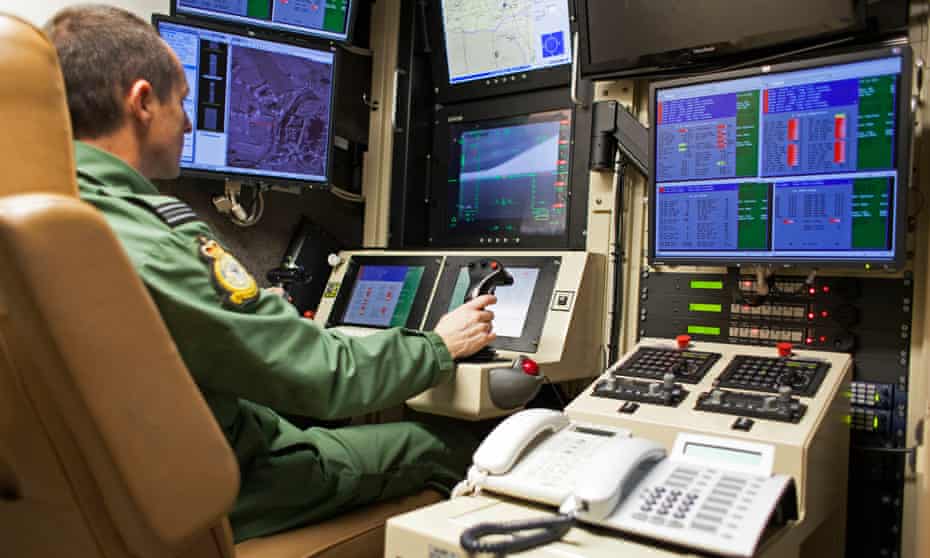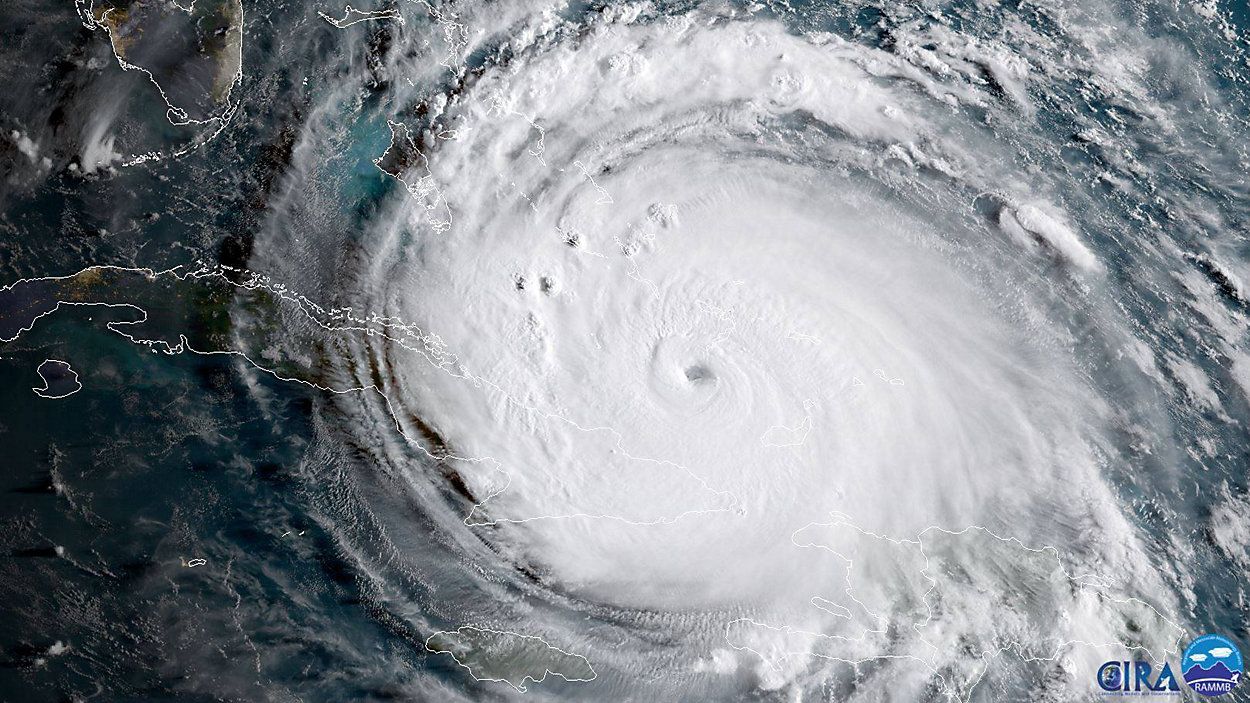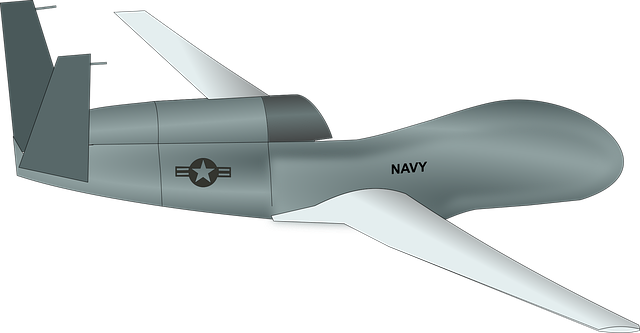
Personal drones can be described as flying machines that are not piloted. They can be used to fly for personal or commercial purposes, and also for pleasure. The Ehang 184 is an example of a passenger drone. The Ehang 184 is a passenger drone that allows passengers to sit in the craft and choose their destination. Agents used personal quadcopters before to list listings. Agents used to rely upon photographs to show potential homeowners, but the photos were only one-dimensional. Personal drones helped them overcome these limitations.
UAVs designed for mass market
The original goal of drone research was to create practice targets for military personnel. British inventors used the term "drone" to describe radio-controlled aircraft. In the early 1900s, A.M. Low created the "Aerial Target." On the 21 March 1917, Low piloted a monoplane. Low also developed fast motor launches for Royal Navy aircraft. These were to be used against shipping and port installations. His drone was also used for the preparations of the Zeebrugge Raid.
Unregulated airspace
You may have wondered if your hobbyist drone can be flown in unregulated airspace. It doesn't matter how fun it is, you must keep your drone out of harms way from manned aircraft. Fortunately, the FAA has set regulations for the use of drones in the air, including flight heights and distances. The following are some rules that you should follow before flying your drone.

GPS positioning system
A GPS positioning system for personal drones is a great way to guide your flying robot to your desired destination. GPS drones are equipped a GPS receiver. It communicates with at the most four satellites to determine its exact position. This makes it much easier for you to maneuver your drone and find its destination. Here are some benefits of GPS for drones. The first benefit is that it makes getting to your destination easier.
Wi-Fi control system
A Wi-Fi control system can be a great option for your drone. The Wi-Fi connection will let you access the Internet without having to worry about connecting to a WiFi network. While Wi-Fi is convenient, some find it distracting when used on personal drones. You can control your drone from any place using the Wi-Fi connection. The transmitter and receiver must be on the same frequency to be able to communicate.
Extended warranties
Extended drone warranties can be purchased by consumers to cover unexpected repairs, and other expenses. These policies can be a financial and legal relief for consumers. These policies generally cover accidental damage, manufacturing defect, and early wear. Consumers should know that not all warranties cover personal drones. For these reasons, it's important to check the details of the warranty before purchasing. Find out what your options are. To extend your warranty, contact a drone maker for more information.

FAQ
How do I keep drones away from my house?
Drones are becoming increasingly popular for home surveillance, but they also threaten privacy and security. If you want drone attacks to be avoided, you can install motion sensors all around your property. These sensors will detect any flying objects that are not authorized.
Which US states allow drones?
A drone can be legally operated for recreational purposes. The Federal Aviation Administration (FAA) has set up guidelines that allow people to use small unmanned aircraft systems (UASs). These UASs must be registered with the FAA before they can be flown. The FAA also allows commercial operators to fly these devices if certain conditions are met.
Is drone regulation regulated by the FAA
The FAA oversees all aspects regarding drone operations, including safety standards and certification requirements.
Is it possible to fly a drone at high altitudes without a license?
The FAA does not limit the height of a drone. The FAA does require you to register unmanned aircraft systems (UAS), which include the registration number of your model, weight and size, serial numbers, manufacturer's names, date manufactured and other information.
Statistics
- According to Indeed, a drone pilot gets paid $25.73 per hour on average in the US. (dronesgator.com)
- According to the multiple listing service (MLS), houses and apartments with drone photographs are up to 68 percent more likely to sell than those without pictures. (thedroneu.com)
- Research and Markets predict a growth rate of 51.1% over the next five years. (thedroneu.com)
External Links
How To
How to Fly Drones with Beginners
A drone is a remotely-controlled aircraft that is used for aerial photography and surveillance. Drones have been in use since World War II. DJI's Phantom quadcopters became commercially available in 2010. From beginner-friendly drones such as Parrot AR Drone 2.0 through professional-grade multirotor craft like DJI Mavic Pro, many types have been available.
There are many ways to fly a drone.
-
Remote control: This uses a remote control device that attaches to your hand and allows you control the drone along its flight path. There are two types of controllers available: joysticks and on/off switches.
-
Manual Control - Using a smartphone app, this method allows users to remotely operate the drone via GPS coordinates. You must keep track of the location where you want the drone to go and follow the instructions from the app.
-
Autonomous Flying - This allows the drone to take over all of the piloting duties. It allows the drone to fly independently without any human intervention. The drone must be equipped with a camera and sensors that can capture images and data in order to fly autonomously.
-
Triggered Flight - This method is similar to manual control, except the pilot manually sets up a preprogrammed route, and the drone follows that route until it reaches the endpoint. After the program is complete, the drone automatically returns to the ground.
-
Landing Gear- Some drones include landing gear that allows for safe landing if the power goes out or they run out of batteries.
-
Goggles-Some pilots use goggles to protect their eyes from debris during operations.
-
Camera - Some drones can be equipped with cameras which enable you to capture photos from the sky.
-
Obstacles. Some drones can have obstacle avoidance technology that stops them from hitting obstacles.
-
Speed – Some drones can reach speeds in excess of 40 mph.
-
Battery Life - Most drones can last between 20 minutes to 3 hours, depending on how much power you're using.
-
Some drones are capable of traveling up to 30 miles depending upon their make and model.
-
Power source: Some drones will require an external power source while others can be powered by internal batteries.
-
Weight – Some drones are less than one pound, while other models can be up to four pounds.
-
Size - From small drones that can be carried in the palm of one's hand to larger drones that weigh over 50 pounds, drones come in a variety of sizes.
-
Price – All drones fall into a price category. These range from expensive models that cost thousands to affordable options that start at 100 dollars.